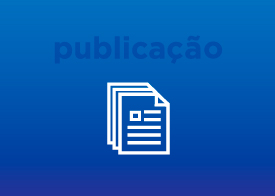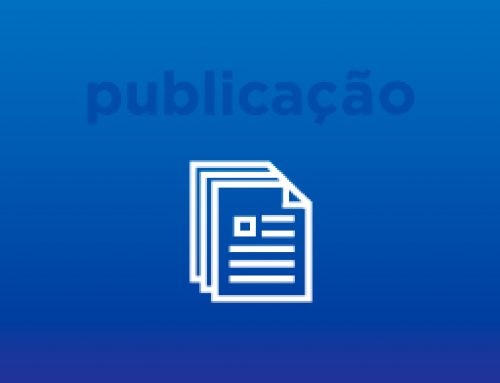The photogrammetry techniques are known to be accessible due to its low cost, while the geometric accuracy is a key point to ensure that models obtained from photogrammetry are a feasible solution. This work evaluated the discrepancies in 3D (DSM) and 2D (orthomosaic) models obtained from photogrammetry using control points (GCPs) near a reflective/refractive area (water body), where the objective was to evaluate these points, analysing the independence, normality and randomness and other basic statistic. The images were obtained with a 16 MP Canon PowerShot ELPH 110S with a modified NiR band and a multispectral sensor Parrot Sequoia, both embedded in a hex-rotor UAV in flight over the Unisinos University’s artificial lake in the city of São Leopoldo, Rio Grande do Sul, Brazil. Due the distribution of the data found to be not normal, we applied non-parametric tests Chebyshev’s Theorem and the Mann–Whitney’s U test, where it showed that the values obtained from Sequoia DSM presented significant similarities with the values obtained from the GCP’s considering the confidence level of 95%; however, this was not confirmed for the model generated from a Canon camera, showing that we found better results using the multispectral Parrot Sequoia.

